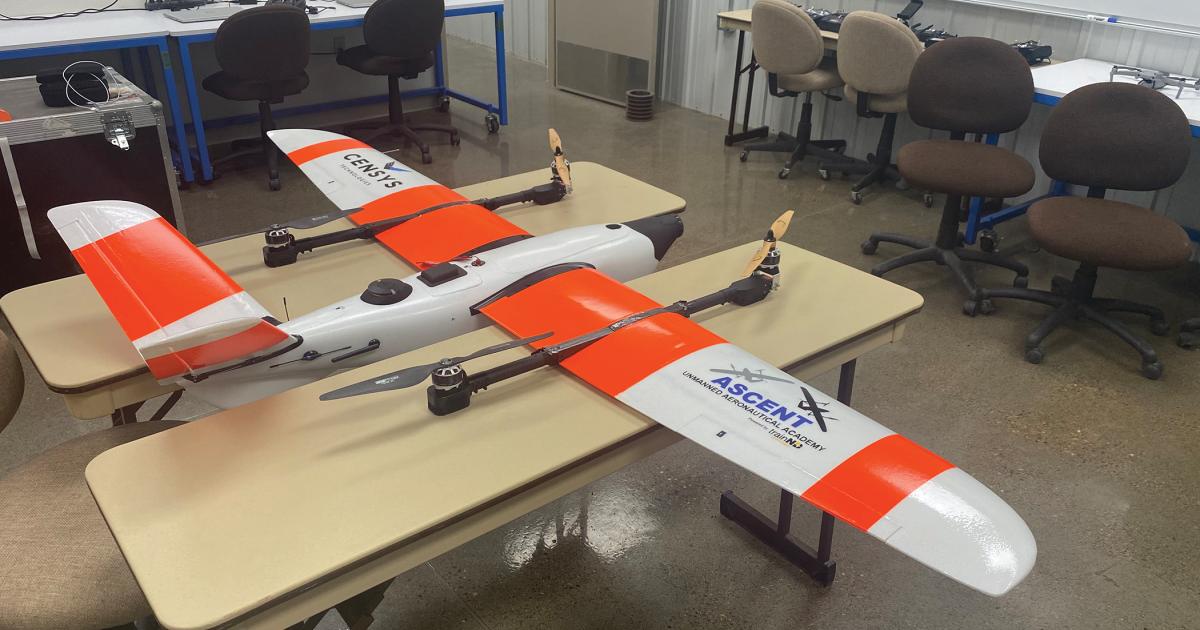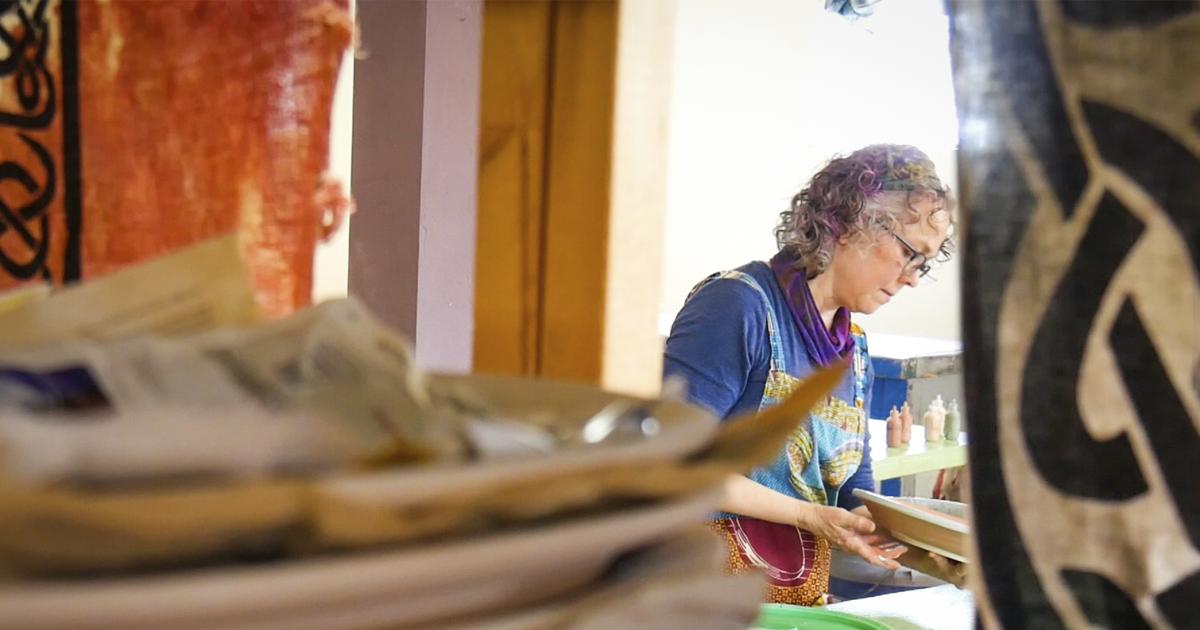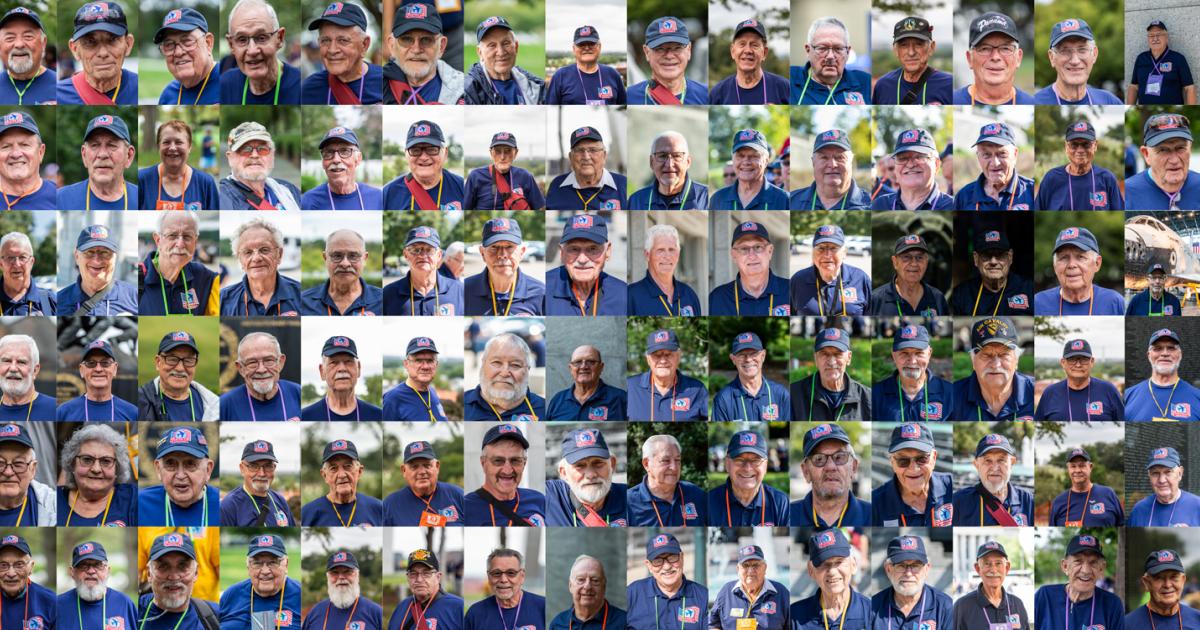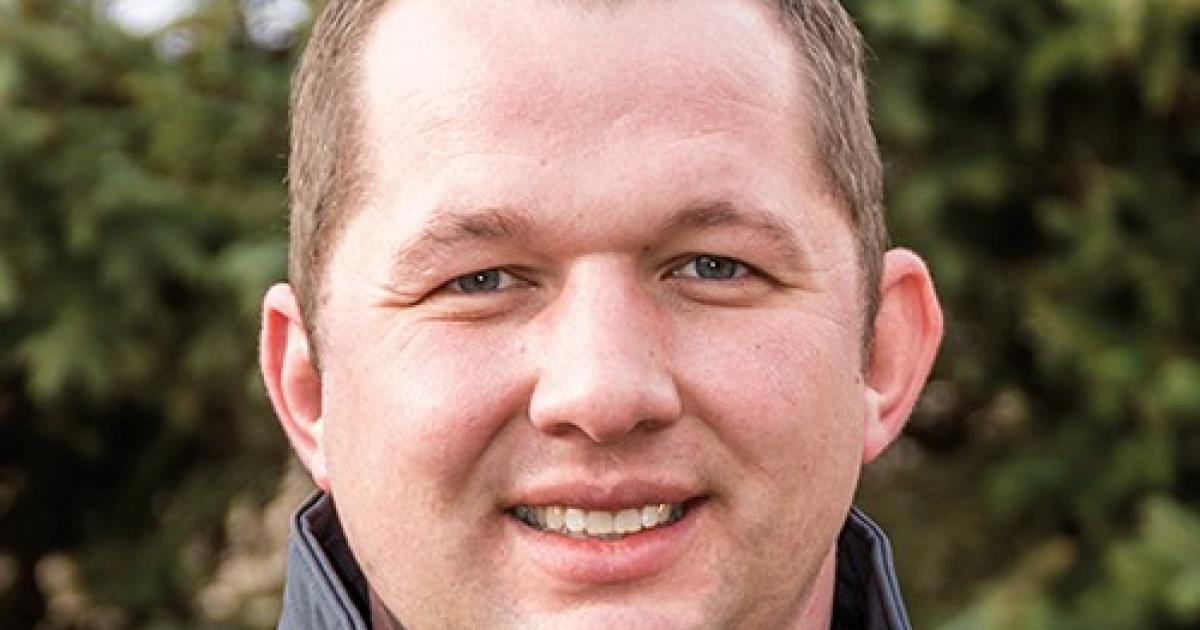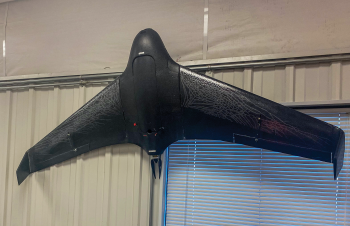
Courtesy photos
As a state training program adjusts to a changing economic environment, it is now looking to the skies.
TrainND Northwest is expanding its offerings to include training with unmanned aerial systems (UAS), opening new paths to take UAS into realms not seen in the state before.
 What is TrainND?
What is TrainND?
TrainND is the result of a study commissioned by the N.D. Legislature in 1998 to study best practices in workforce training.
TrainND was then launched in 1999 to partner with companies to assure the current workforce remains viable and valuable.
Today, TrainND is a workforce training network with four regional points of contact at Bismarck State College (BSC), Williston State College, Lake Region State College in Devils Lake and the North Dakota State College of Science in Wahpeton.
“We were designed and commissioned to be responsive to the industry needs in our area, so each TrainND is very different,” says Kenley Nebeker, regional director for technical programs and training for TrainND Northwest at Williston State College.
Traditionally, TrainND Northwest in Williston focused on the oil and gas industry.
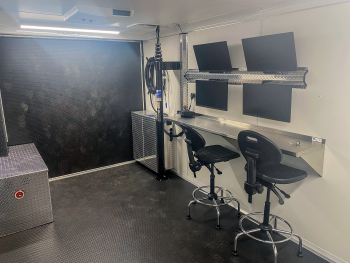
“We’ve seen a lot of success in that area. We have a very large footprint throughout the state,” Nebeker says. In fiscal year 2020, TrainND Northwest served just over 17,000 students, which was more than 21% of the entire college/university student population in North Dakota. Statewide, all four TrainND regions served just over 25% of the student population.
“We see a lot of students through TrainND Northwest and have a very large footprint here,” Nebeker says.
From those colleges, TrainND instructors reach out to businesses to offer customized training, whether it’s in the oil and gas industry, health care, manufacturing or other skills. Specific programs range from training employees to obtain their commercial driver’s license (CDL) to welding certification, to certified nurse assistant training to advancing computer skills. Programs also include soft skills training on topics such as teamwork, communications and conflict resolution. Safety and technical training are also part of the offerings.
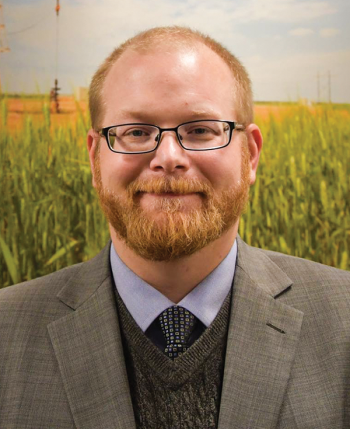
Reaching for the skies
Now, TrainND Northwest is expanding its offerings to include training in UAS.
Nebeker has been interested in UAS since he first watched a football game recorded by a drone, and drones have been on his radar since starting with TrainND Northwest.
“When I came in three years ago as the director of TrainND Northwest, I was tasked with diversifying what we have to offer, so we’re not so reliant upon a barrel of oil,” he says. “We have done very well when oil prices are great and we’ve done very poorly when oil prices are bad.”
So, TrainND started its program by purchasing an already-developed introduction to UAS course.
“We saw some good success with that and a lot of good interest,” he says.
Then, North Dakota invested $28 million for fiscal years 2019-21 to create a statewide UAS network, called Vantis, with key site implementation in McKenzie and Williams counties.
Vantis is the highway in the sky for UAS. For UAS to fly beyond the visual line of sight (BVLOS), infrastructure needs to be in place to continue communication with the drone even beyond the horizon. The other part of the network is infrastructure to allow UAS to integrate into the manned airspace.
“The Vantis network is the communication from pilot to UAS as well as the eyes of what’s being flown around from a manned perspective, allowing the UAS pilot to avoid manned aircraft,” Nebeker explains. The network currently stretches from north of Williston to the Keene area and is in the proving stage.
UAS are designed to fly beyond the horizon, Nebeker says, but the Federal Aviation Administration (FAA) currently only allows BVLOS flight under a waiver process. Pilots must apply for a waiver in specific areas when they fly BVLOS.
“As the state was investing, very wisely, in this great effort to establish this infrastructure, there really was no plan or idea on how you would train the workforce to use that infrastructure,” Nebeker says.
So, TrainND Northwest, with the help of Dunlevy Consulting, has developed a workforce training model to train a crew how to fly drones BVLOS and how to use the Vantis network.
“TrainND is the first institution in North Dakota to have a BVLOS waiver from the FAA for student use. We’re very proud of that fact,” Nebeker says.
“It felt like everything was coming together to make that possible,” he says.
With the BVLOS course, participants will learn to fly and operate within a BVLOS crew.
UAS flight requires more than just the pilot wearing those cool sunglasses, Nebeker says with a laugh.
A sensor operator must know how to gather whatever data is needed, while data analysts collect the data gathered by the UAS and put it into an understandable format. And technicians keep the UAS operable.
For now, the main course will teach students how to fly a UAS BVLOS and gain experience within a crew.
“This is not theoretical,” Nebeker says. “We’re actually going out and flying UAS beyond visual line of sight.” A student could gain 40 hours of mission experience in the UAS lab and mobile operations unit during the intensive four-week course.
“Nobody, short of someone coming out of the military, has the opportunity to say that,” he says. “It’s an exciting career path.”
TrainND is preparing to launch its first cohort on April 18.
“We’ve seen a lot of really good interest from UAS companies wanting to partner with us to train their future employees, offering paid internships, finding ways for us to work together to ensure we’re training the way they need people to be trained,” he says. “So, we’re really happy with the involvement from the industry.”
The sky’s the limit
At the end of December, the FAA released rules for BVLOS to start the process to end the waiver program and allow BVLOS flight in the near future.
“The FAA has admitted the waiver-driven process is not sustainable,” Nebeker says. “To the FAA’s credit, they want our airspace to be safe.”
“It’s very exciting times,” he says.
“We’re taking the approach of being out ahead, so as soon as those rules are made, we can hit the ground running,” he says.
Companies who will be able to use UAS are limited only by the imagination.
“The opportunities are endless,” Nebeker says. Pipeline, road and railroad inspection companies have shown interest in TrainND UAS training, as well as package delivery companies.
“I think package delivery is probably going to be one of the very early things in the Williston area,” he says. “I expect it to become a reality.”
Approximately 87% of Amazon’s packages are 7 pounds or less, he points out, and one example of a UAS can carry about 10 pounds for 10 miles.
“A UAS able to carry 87% of those packages and deliver directly to your door, that’s pretty cool stuff,” he says. “It’s a really neat future.”
“Ag is another sector that has all the potential in the world to just explode,” he says, from gaining information about crops and animals to precision ag, with a UAS capable of spraying a specific plant.
The average U.S. farmer who has adopted UAS for precision agricultural purposes is saving $12 per acre on corn, he shares.
“That’s an unevolved use case,” he says. “Really exciting things when we talk about the potential for agriculture.”
“If it is boring, if it is dangerous to human lives, if it can be done faster or if it can be technologically enhanced, then UAS is the answer,” he says.
To learn more, visit
http://willistonstate.augusoft.net(link is external).
Luann Dart is a freelance writer and editor who lives in the Elgin area.


